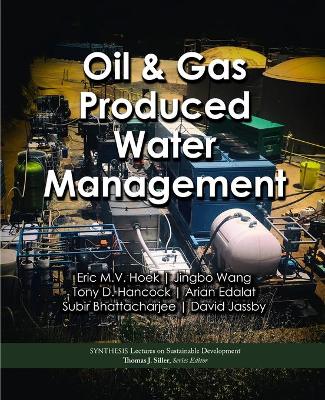This book outlines the technologies and techniques used in the oil & gas industry's shift from treating produced water as a "waste stream" to an integrated water management approach.
Produced water is formed underground and brought to the surface during oil & gas (O&G) production and exploration and production (E&P) operations. It is usually a complex mixture of inorganics and organics and contributes to the largest volume waste stream of O&G and E&P operations. Traditionally, produced water has been considered a waste and conventional management strategies include disposal (typically by injection into depleted wells or permitted disposal wells), recycling (direct reuse within the E&P operation) and reuse (treatment and reuse offsite for food crop irrigation, livestock watering or industrial use). The O&G industry is going through a paradigm shift where scarcity of water, economics of water management, declining oil costs, and increasing focus on environmental and ecological stewardship are shifting the focus toward integrated water management in E&P operations.
Water is no longer a problem to be delegated to a third-party disposal or treatment vendor, but is becoming a cornerstone of O&G production.
This is a summary of produced water characteristics, regulations and management options, produced water treatment fundamentals, and a detailed discussion of process equipment and advantages/disadvantages of currently available treatment processes. It provides a guide for selecting appropriate technologies for the desired application and points toward the optimization of current technologies and the use of combined treatment processes to meet reuse and discharge limits and critically, more stringent environmental regulations.
- ISBN10 1681738279
- ISBN13 9781681738277
- Publish Date 10 May 2021
- Publish Status Unknown
- Publish Country US
- Imprint Morgan & Claypool Publishers
- Format Paperback
- Pages 91
- Language English
